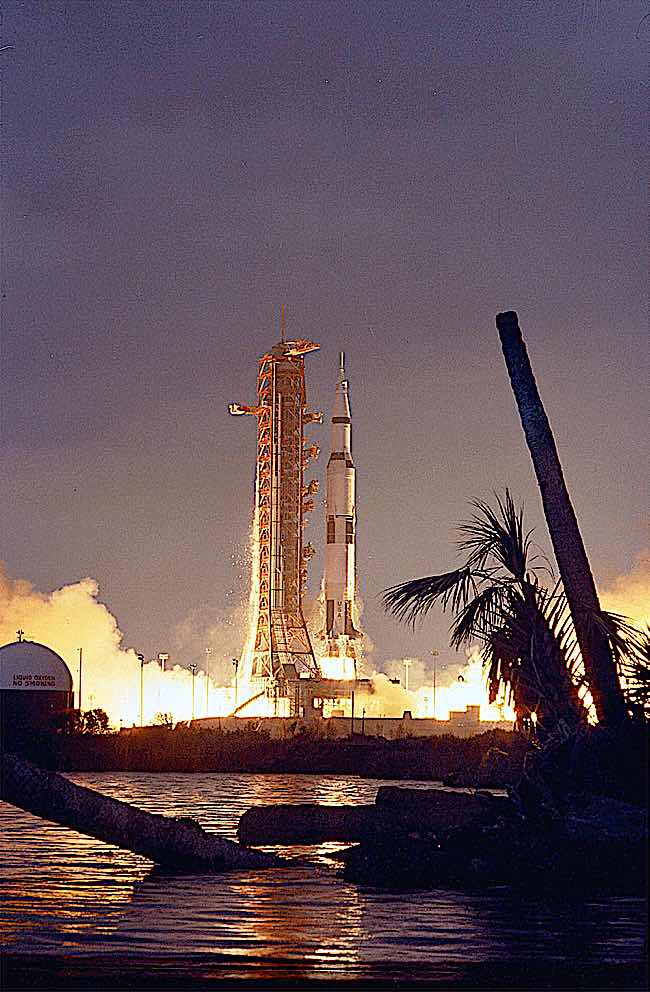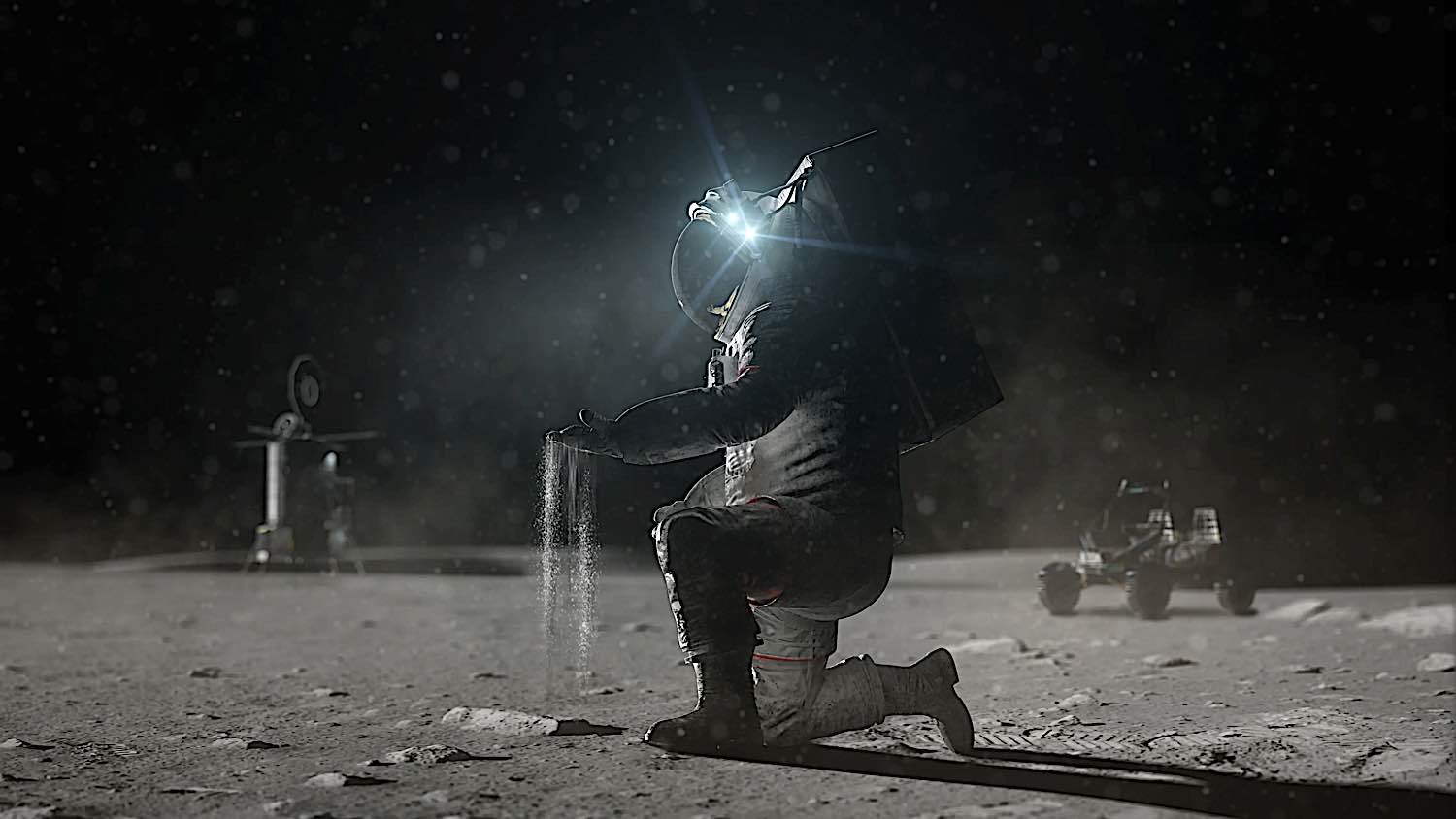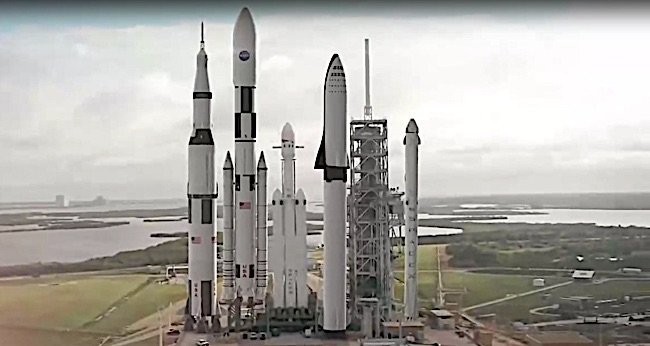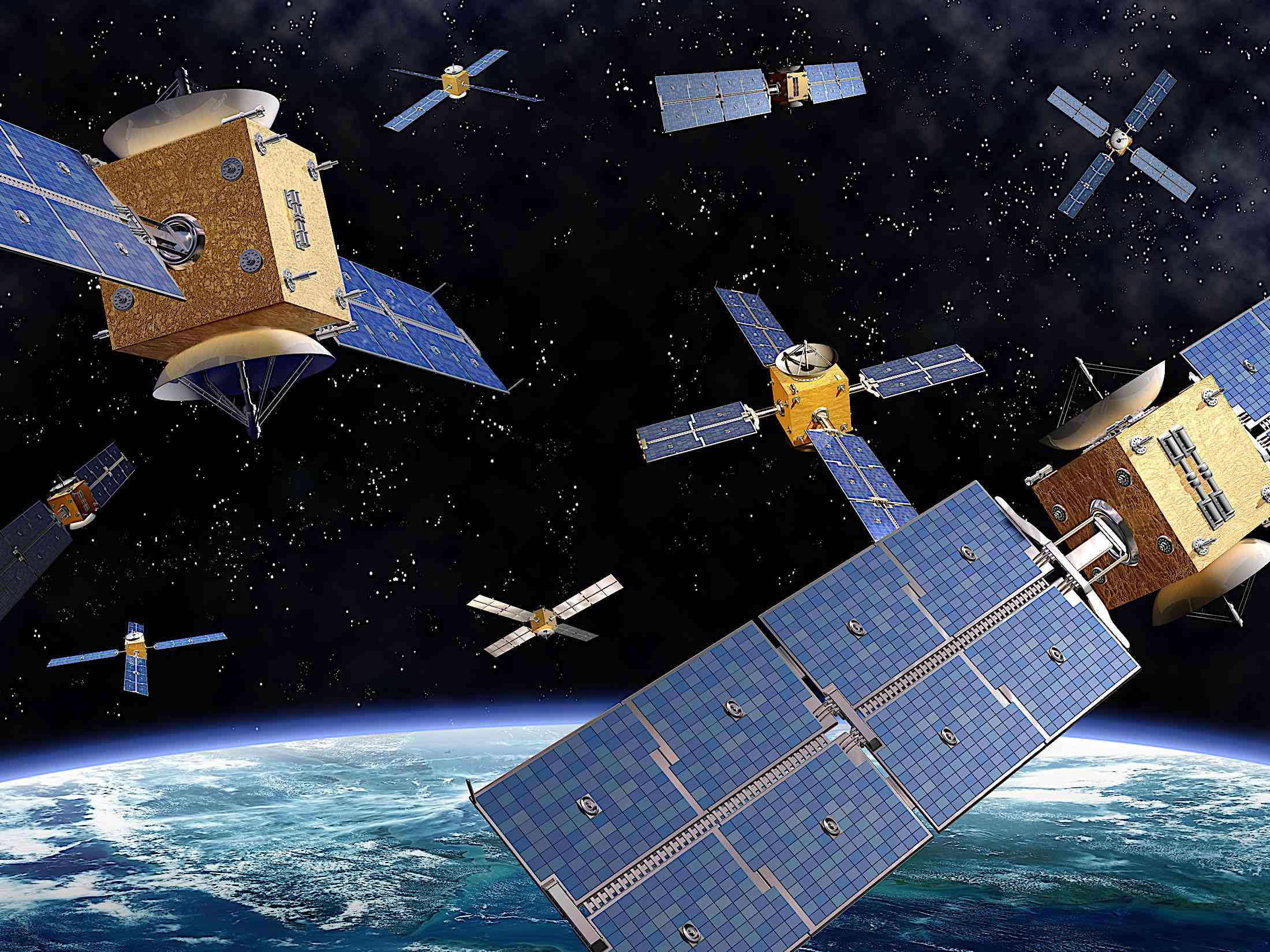As space activities transition from being largely government-powered to include a significant commercial sector participation, it’s critical to understand and navigate the evolving legal and policy frameworks that govern these endeavors. This examination holds paramount importance in ensuring that space exploration and exploitation are conducted responsibly, ethically, and sustainably.
Today’s space industry is a proliferating network of diverse actors – private companies, multinational corporations, non-profit organizations, and governments. From holiday trips to Mars, mining asteroids for precious resources, to making human life interplanetary, these stakeholders are on the cusp of expanding humanity’s reach significantly beyond terrestrial confines.

The 1967 Outer Space Treaty, often regarded as the backbone of international space law, entrusted space-faring nations to explore and use outer space ‘for the benefit and in the interests of all countries.’ However, it did not envisage the evolving role and potential of non-governmental entities in this arena.
This EDI feature examines how the legal and policy landscape has been changing and adapting to accommodate these new players, their ambitions, and their activities. We’ll take a look at various national and international legislative acts, legal principles, policy discussions, and the challenges that emerge as we venture deeper into the commercial exploitation of space.

Fast Facts
- The Outer Space Treaty of 1967, ratified by 110 countries, forms the basis of international space law. [Source]
- The United States’ Commercial Space Launch Competitiveness Act of 2015 allows US citizens to engage in commercial exploration and exploitation of ‘space resources’. [Source]
- The United Nations Office for Outer Space Affairs (UNOOSA) promotes international cooperation in the peaceful uses of outer space. [Source]
- The Federal Aviation Administration (FAA) is responsible for regulating commercial space transportation in the United States. [Source]
- SpaceX, a private company, was granted approval by the FAA in 2020 to launch humans into space, marking a significant shift in space exploration from government to commercial entities. [Source]
- The Artemis Accords, proposed by NASA in 2020, aim to create ‘safety zones’ around future moon bases to prevent damage or interference from rival countries or companies. [Source]
- China’s National Space Administration (CNSA) operates under different regulations, leading to concerns about transparency and international cooperation.[Source]
- Space debris is a growing concern, with the UN’s Guidelines for the Long-term Sustainability of Outer Space Activities addressing this issue. [Source]
- Space tourism is a burgeoning industry, with companies like Virgin Galactic and Blue Origin developing regulations and safety protocols for commercial passenger flights. [Source]

Backgrounder: Just How Busy is Space? (Statistics)
- As of 2021, nearly 3,372 satellites are operating in Earth’s orbit according to the Union of Concerned Scientists Satellite Database. ‘UCSUSA’
- In 2020 alone, Rocket Lab, SpaceX, and other smaller companies launched 114 missions into space. This score is nearly equivalent to the statistics from the height of the Space Race in 1967, which recorded 139 launches. ‘SpaceX’
- A projection by Euroconsult predicts that there will be an average of 1,130 satellite launches per year by 2028, with a large number being small satellites for broadband internet access. ‘Euroconsult’
- China and the United States are the most active in space with 39, and 44 launches respectively in 2020. ‘The Washington Post’
- Commercial operator SpaceX alone has already launched 420 Starlink satellites into orbit in 2020 and has ambitions to increase this number to 12,000 in the near future. ‘SpaceNews’
- NASA has plans for the Artemis mission, intending to bring humans back to the lunar surface by 2024. ‘NASA’
- Flagship programs for space exploration, including but not limited to NASA’s Mars Sample Return mission, a joint mission with European Space Agency, targeted to launch in 2026. ‘NASA’
- The commercial company Blue Origin, led by entrepreneur Jeff Bezos, has expressed its ambition to establish colonies of humans in space by 2040. ‘Blue Origin’

Future Map of Space Missions
- NASA’s Artemis II mission (2024): This is the next mission after the Artemis I uncrewed flight test. It’s expected to be the first crewed mission of NASA’s Artemis program, planned to carry astronauts around the Moon and back. 1
- Roscosmos’s Lunar mission (2024): Roscosmos is planning a robotic sample return mission, Luna 25, which would be the first Russian mission to the Moon since 1976. 2
- China’s Mars Mission (2024-2030): China aims to return samples from Mars through a series of missions slated to launch starting around 2024. 3
- NASA’s Titan Dragonfly Mission (2026): The Dragonfly is a planned spacecraft and mission that will send a mobile robotic rotorcraft lander to Titan, the largest moon of Saturn, in search of chemical processes common to both Titan and Earth. 4
- ESA’s Jupiter Icy Moons Explorer (2029): This mission, also known as JUICE, plans to study the Galilean moons of Jupiter – Ganymede, Callisto, and Europa – with a focus on the potential for harboring life. 5

Future Policies and Laws in Consideration
Now that we’ve mapped out the scope, what’s at stake, the existing laws and the map of the immediate future, what new policies and regulations are in consideration now for future governance of the “last frontier”:
- The United Nations is discussing the ‘Building Blocks for the Development of an International Framework on Space Resource Activities’. This is a newer initiative attempting to create global regulation on extraction and utilization of space resources. (United Nations Committee on the Peaceful Uses of Outer Space, 2021)
- The Federal Aviation Administration (FAA) in the US is considering new regulations for commercial space-flight. These updates could include safety rules, launch and reentry licenses, and environmental considerations. (Federal Register, 2019)
- The European Space Agency (ESA) is considering the adaptation of the ‘Space Traffic Management’ policy. This could allow better regulation of activities and proposed collaboration between both national and international space agencies. (European Space Agency, 2020)
- There is a push for an international agreement on space debris, such as ‘The Space Debris Mitigation Guidelines of the Committee on the Peaceful Uses of Outer Space’. These guidelines urge taking measures to prevent, minimize and mitigate space debris as it becomes increasingly problematic. (United Nations Office for Outer Space Affairs, 2010)
- The Luxembourg Space Agency is promoting the ‘SpaceResources.lu’ initiative. It’s aiming to put forth national regulation and boost public-private partnerships in commercial space exploration and resource utilization. (Luxembourg Space Agency, 2019)
- With the recent development of space tourism, there is also an urgent call to discuss and enact space tourist protection laws and safely regulations. (Space Law & Policy Solutions, 2020)
































